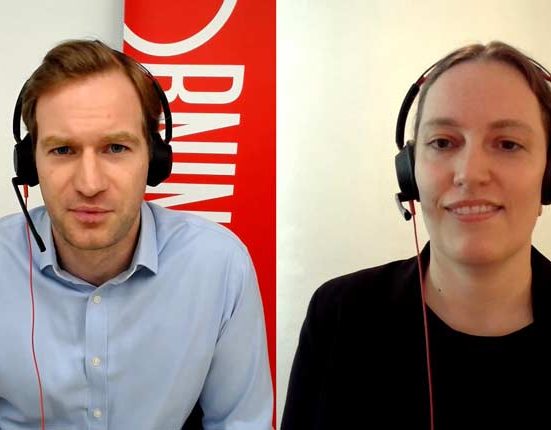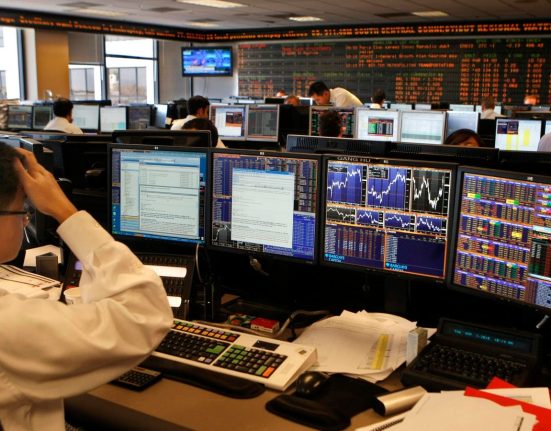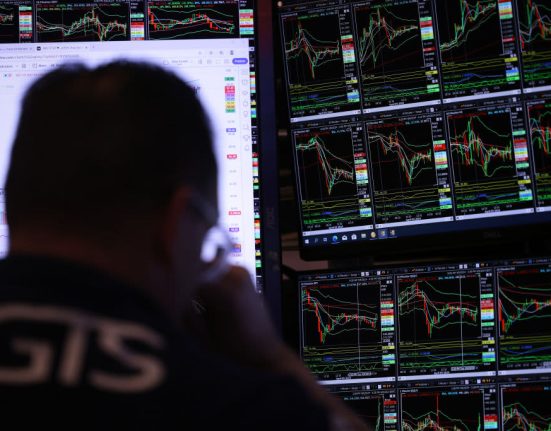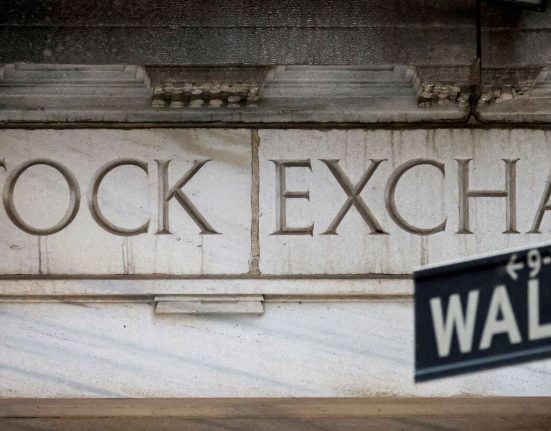The annualised net return of the MPF since its inception in December 2000 is 2.6 per cent, according to the provisional data that regulator Mandatory Provident Fund Schemes Authority (MPFA) released on Monday. This beats the 1.9 per cent inflation rate during the same period.

MPF Ratings estimated that the MPF return for the financial year ending March 31 was 1.93 per cent, the first positive figure in three years.
Its total assets rose by 3.53 per cent to HK$1.18 trillion on March 31 from December 31, after taking into account investment gains and new contributions from its members, according to MPF Ratings. That works out to about HK$248,700 per member on average.
Funds dedicated to Japanese and US equities were the star performers. The benchmark Nikkei 225 Index rallied 21 per cent last quarter in local currency terms, hitting an all-time high in March, before the Bank of Japan ended its zero-interest rate policy. In the US, solid job data and slowing inflation fuelled bets on a rate cut, underpinning the S&P 500’s 10 per cent surge and the Nasdaq’s 8.5 per cent advance.
The first quarter result is “a very solid result and gives the MPF system a chance to deliver an additional HK$100 billion in 2024”, said MPF Ratings chairman Francis Chung.
“Global inflation and interest rates will determine 2024’s direction, but with most MPF money invested in local equities, our market performance will be key,” he said.
Hong Kong and China stock funds, traditionally the most popular picks among MPF members, soaking up almost a quarter of MPF assets, were laggards. They lost 2.4 per cent in the three months to March 31, according to MPF Ratings, aided somewhat by China’s state-driven market intervention.
Buying binge by China’s ‘national team’ bloats CSI 300 ETFs
Buying binge by China’s ‘national team’ bloats CSI 300 ETFs
Hong Kong’s benchmark Hang Seng Index fell 3 per cent in the first quarter, while the CSI300 index, which tracks the top 300 stocks listed in Shanghai and Shenzhen, added 3 per cent.
“With the global trend of lower interest rates, except in Japan, equity markets are expected to keep rising,” said Kenrick Chung, director of Ben. Excellence Consultancy, an insurance broker in Hong Kong. MPF members with high risk tolerance can consider investing in Asia Equity Fund in coming quarters, he added.
“The US government will try its best to keep the economy healthy in the election year,” Chung said. Improving economic ties between China and Australia and other countries, along with some positive economic data, will support risk appetite, he added.
MPF Ratings chairman Chung urged investors to build a diversified portfolio in their MPF investment choices. They can invest in the default investment strategy or DIS funds, which automatically swap investments between stocks and bonds according to their age-based risk profiles.
DIS funds with higher allocations in equities rose 4.72 per cent in the first quarter, data from MPF Ratings showed. Those focused on bonds made a 1.04 per cent gain.
Nearly 3.3 million MPF accounts invested in DIS funds as of the end of last year, or 13.8 per cent more than a year earlier. Total assets in these funds stood at HK$109.4 billion, or 9.6 per cent of the MPF’s total assets, according to MPFA.







